Here's Everything You Need to Make an Authentic Day of the Dead Food Spread

You may have seen images of beautiful, brightly colored festivals and parades for Day of the Dead—the Mexican holiday celebrating the memory and spirits of those who have passed. These elaborate celebrations get the majority of attention outside Mexico, but people also celebrate Day of the Dead more intimately. These more personal celebrations may include visiting and cleaning the grave sites of loved ones, building altars in their homes to commemorate their ancestors, and participating in prayer.
Like many other holidays, food plays a big role in observing Day of the Dead. There are traditional foods that are served at the celebrations and festivals, which include seasonal foods and ingredients. Day of the Dead also has the unique element of leaving food at the altar for the souls of your loved ones to enjoy.
Because some of the foods are intended to be left on altars, many traditional Day of the Dead foods have symbolic meaning and beautiful decorations. Day of the Dead is also a very ancient holiday, having been celebrated well before the arrival of Europeans in Latin America. The holiday’s indigenous heritage is apparent in many of the traditional foods served at celebrations, using indigenous ingredients and dishes like maize, squash, mole, and even amaranth.
Below are just six of some of the most common foods used to commemorate Day of the Dead. Keep in mind exact foods may vary not only by region, but also by the family and the ancestors they are celebrating.
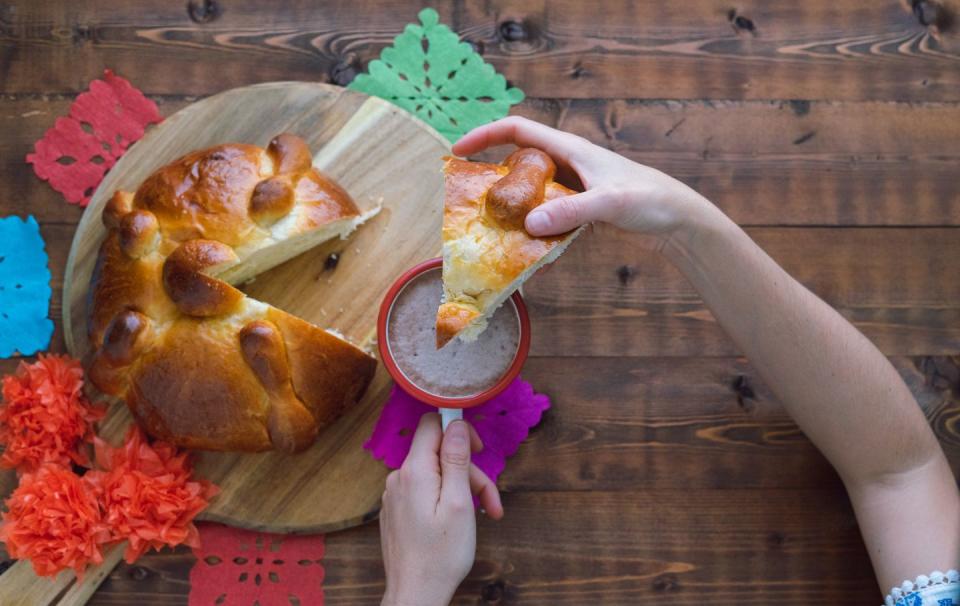
Pan de muertos (Bread of the dead)
This sweet bread is lightly flavored with orange blossom and anise, and sprinkled with sugar. What makes this pan dulce unique to Day of the Dead is the design on top of the bread which mimics bones. While it is eaten throughout Day of the Dead celebrations, pan de muertos is also an essential offering for the spirits of the dead. Leave one on your altar with a glass of water because the souls of your loved ones will need water and fuel after their long journey!
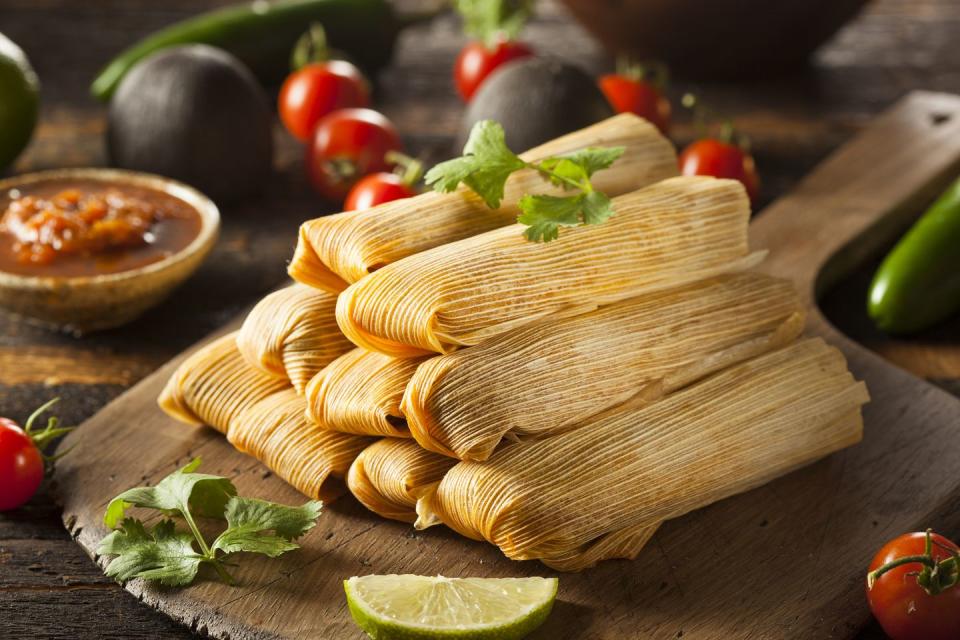
Tamales
Tamales are a key food for celebrations and holidays in Mexico, including Dia de los muertos. Because they are so intricate and time consuming to make, it’s common for tamales to be made as a family for special occasions. Tamal fillings vary by region. It’s also common to leave your loved ones’ favorite foods on their altar, so you may choose what type of filling to use based on what type of tamales your loved ones liked best.
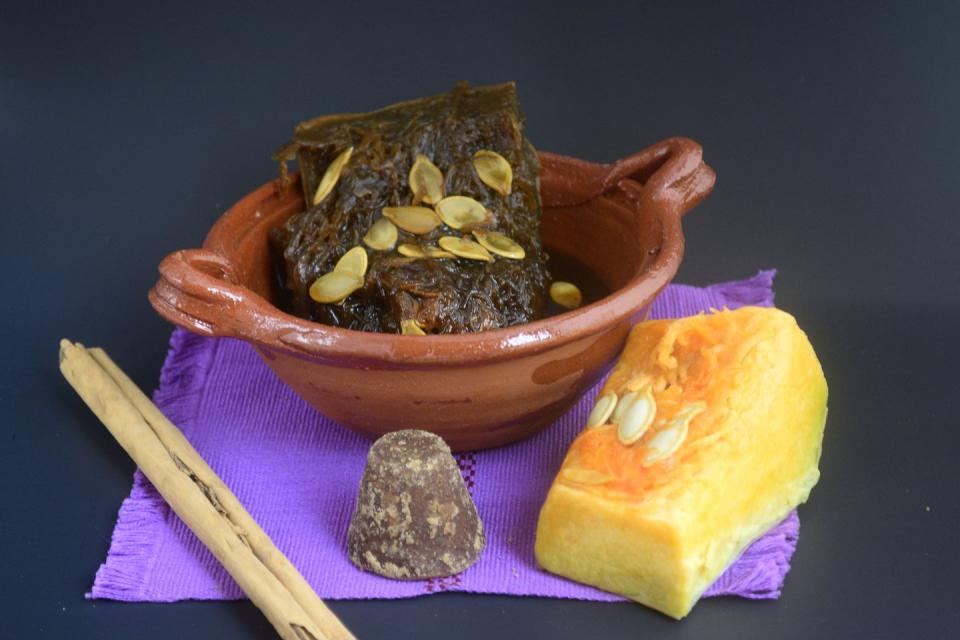
Calabaza en tacha (Candied pumpkin)
Sweetened pumpkin is one of the oldest desserts in the Western hemisphere. Pumpkins and other squash were originally grown in Mexico and Central America, and were a vital part of indigenous diets prior to Spanish colonization of the Americas. Serving calabaza en tacha for Day of the Dead calls back to the celebration’s indigenous heritage, and is also appropriate because Day of the Dead takes place around the time of the pumpkin harvest.
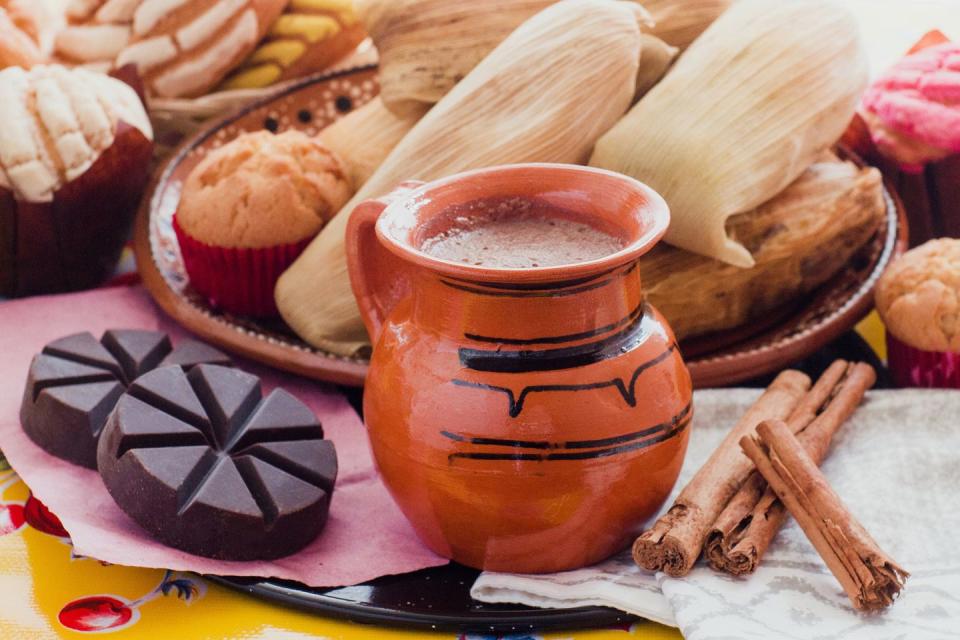
Atole
Atole is a warm, thick drink most often made from maize, lightly sweetened with piloncillo (an unrefined sugar that tastes similar to brown sugar), and can have fruit, vanilla, or chocolate flavors. Atole is hearty, warm, and filling, so you will find it on any occasion when the weather is cooler and people are seeking comfort foods, like Day of the Dead or Christmas.
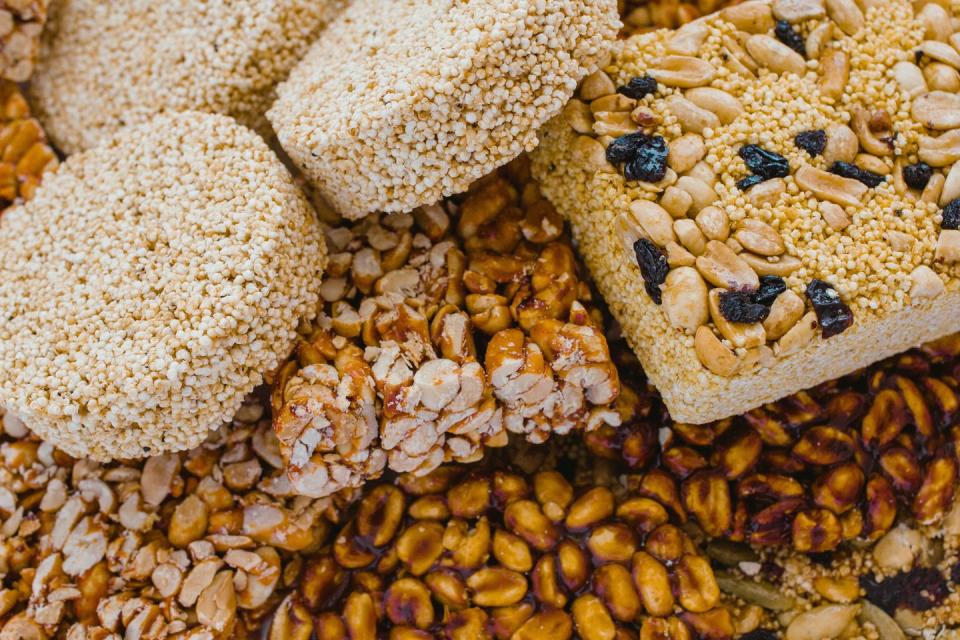
Alegrías
You may be familiar with the intricate, beautiful sugar skulls which are used to decorate altars for Dia de los muertos. Decorative skulls can also be made from alegrias—a sweet made from puffed amaranth and honey syrup. In fact, amaranth and syrup were used to make figurines in indigenous religious ceremonies prior to colonization, and may be where the concept of sugar skulls originated. Today you can see a variety of skulls and figurines for Dia de los muertos, including some made with amaranth alegrías.
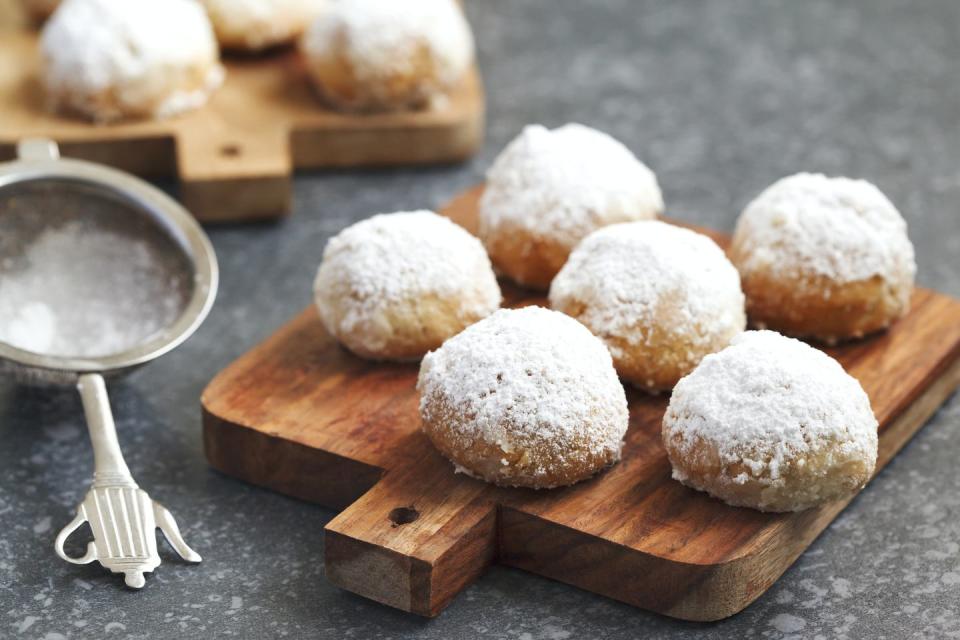
Your ancestors’ favorite food
Ofrendas are placed on Día de los muertos to honor our loved ones who are no longer with us. Many people believe that the altar invites the spirits of the dead to visit, and so they like to leave special treats for them. This could include any of the dishes already named above, but it is also very common to simply leave the favorite meal or snack of the person you’re honoring! If you wish to honor your late grandmother, for example, you may bake a batch of her best cookie recipe and leave some for her to enjoy. Day of the Dead is a deeply personal holiday and so every family’s altar may look different depending on their own traditions and preferences.
Support from readers like you helps us do our best work. Go here to subscribe to Prevention and get 12 FREE gifts. And sign up for our FREE newsletter here for daily health, nutrition, and fitness advice.
You Might Also Like

